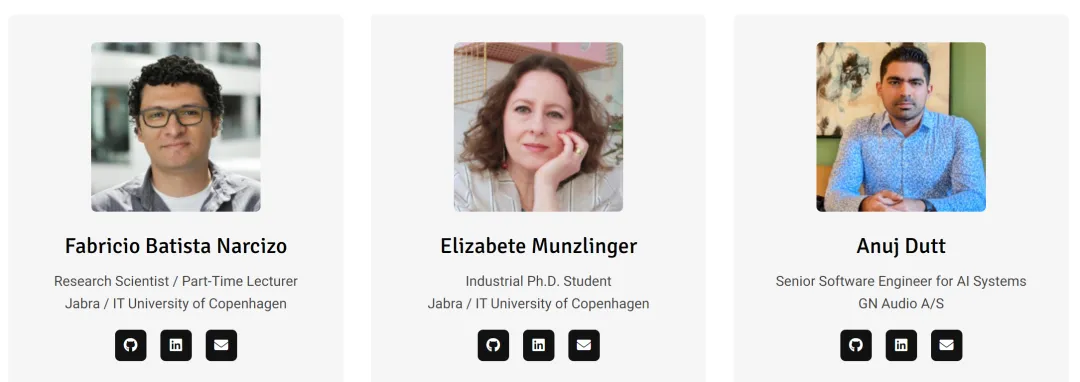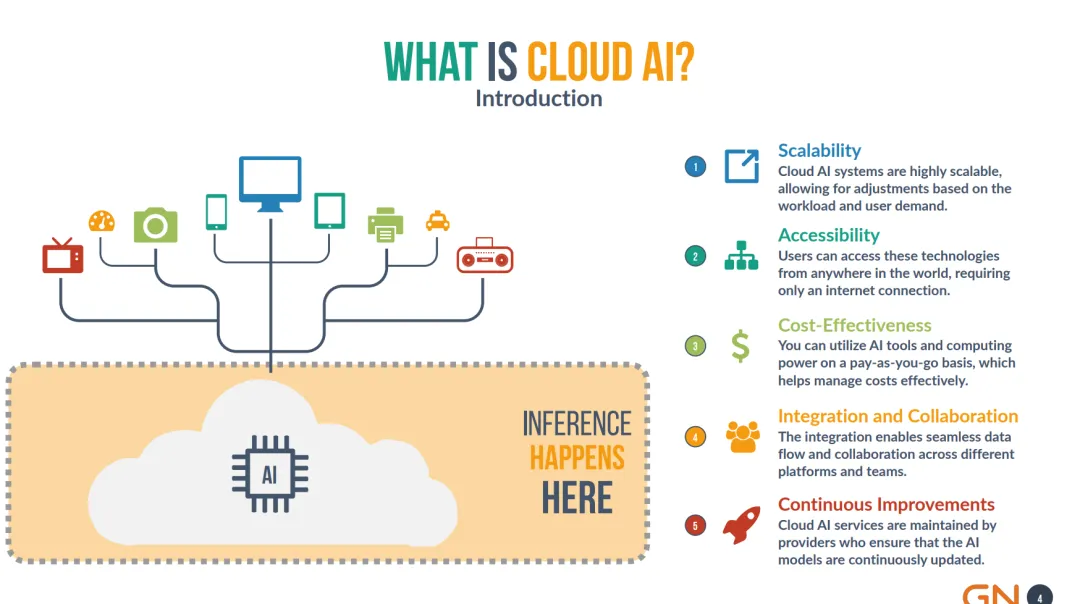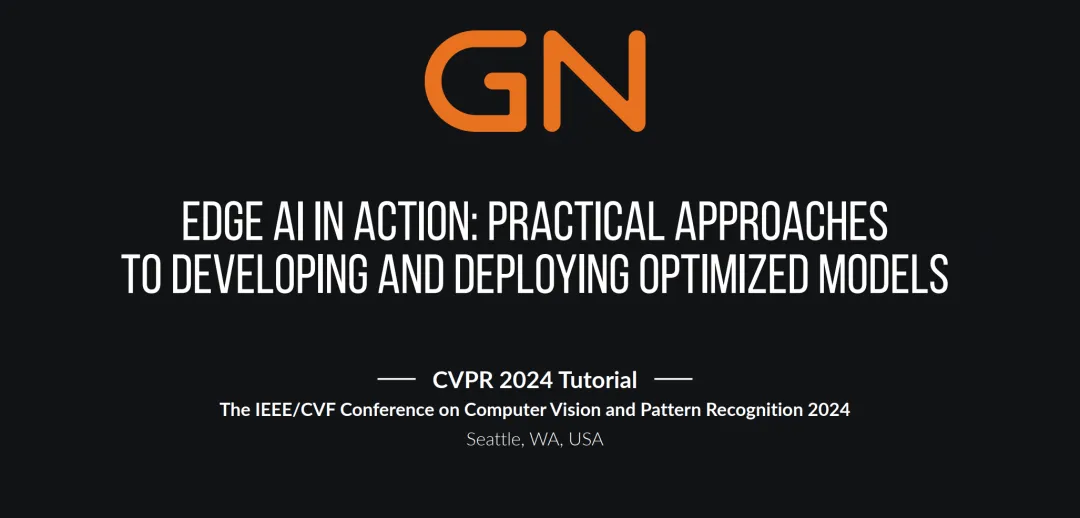Source: ZHUAN ZHI
This article is approximately 1200 words long and is recommended for a 5-minute read.
The tutorial on "Edge Artificial Intelligence" from the IT University of Copenhagen is worth noting!
From June 17 to 21, 2024, one of the top events in the field of computer vision, the International Conference on Computer Vision and Pattern Recognition (CVPR 2024), will be held in Vancouver, Canada. The CVPR (Computer Vision and Pattern Recognition) conference is an international top conference in the fields of computer vision, pattern recognition, and artificial intelligence, and is recommended as an A-class international academic conference by the China Computer Federation (CCF). The acceptance rate for this conference is 23.6%.
The tutorial on “Edge Artificial Intelligence” from IT University of Copenhagen is worth noting!
[ Summary ] Edge AI refers to the application of artificial intelligence on edge devices, which are devices at the network edge, such as smartphones, tablets, laptops, cameras, sensors, and drones. Edge AI enables these devices to autonomously perform AI tasks without relying on cloud or central server connections. This brings benefits such as higher speed, lower latency, greater privacy protection, and lower energy consumption.
However, edge AI also faces many challenges and opportunities in model development and deployment, such as model reduction, compression, quantization, and distillation. Edge AI also involves the integration and communication between edge devices and the cloud or other devices, forming a hybrid and distributed architecture.
In this tutorial, we will provide clear and practical guidance on developing and deploying optimized edge AI models. Our comprehensive approach covers both theoretical and technical aspects, as well as best practices and real case studies. Our main focus will be on computer vision and deep learning models, as they are highly relevant to edge AI applications. Throughout the tutorial, we will demonstrate the use of various tools and frameworks, including TensorFlow, PyTorch, ONNX, OpenVINO, Google Mediapipe, and Qualcomm SNPE.
Additionally, we will provide specific examples of multimodal AI applications, including head pose estimation, body segmentation, gesture recognition, and sound localization. These applications utilize multiple input sources such as images, videos, and sounds to create highly interactive and immersive edge AI experiences. Our demonstrations will cover the development and deployment of these multimodal AI models on Jabra collaboration business cameras. Furthermore, we will explore the integration possibilities with cloud services and other devices, such as AWS DeepLens, Luxonis OAK-1 MAX, and NVIDIA Jetson Nano development kits.
This tutorial is suitable for researchers and practitioners interested in edge AI and its practical applications. The tutorial assumes some foundational knowledge of computer vision and deep learning but does not require prior experience in edge AI. The topics covered in the tutorial include:
-
Introduction to Edge AI: Motivation, definition, challenges, and opportunities of edge AI. Comparison and trade-offs between edge AI and cloud AI. Overview of edge AI applications and use cases.
-
Edge AI Model Development: Techniques and methods for developing efficient edge AI models, such as model design, pruning, compression, quantization, and distillation. Evaluation, comparison, and best practices for different model development methods.
-
Edge AI Model Deployment: Techniques and methods for deploying and running models on edge devices, such as model conversion, inference, and optimization. Overview of various edge AI tools and frameworks. Demonstration and comparison of different model deployment methods.
-
Multimodal AI in Edge AI: Introduction to multimodal AI, which combines different types of inputs and outputs, such as images, videos, and sounds. Overview of multimodal AI applications and use cases, such as combining pose, gesture, gaze, and voice. Techniques and methods for developing and deploying multimodal AI models. Demonstration and comparison of multimodal AI methods developed and deployed on edge devices.















